Samuel Ritter
Been There, Done That: Meta-Learning with Episodic Recall
Jul 06, 2018
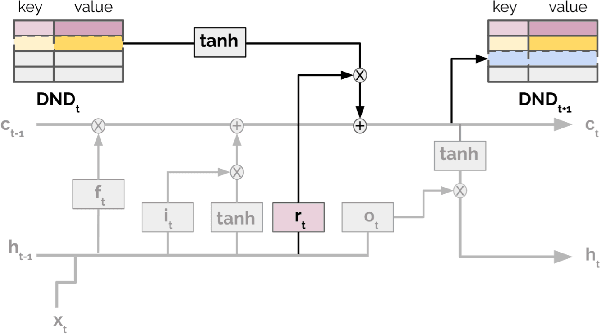
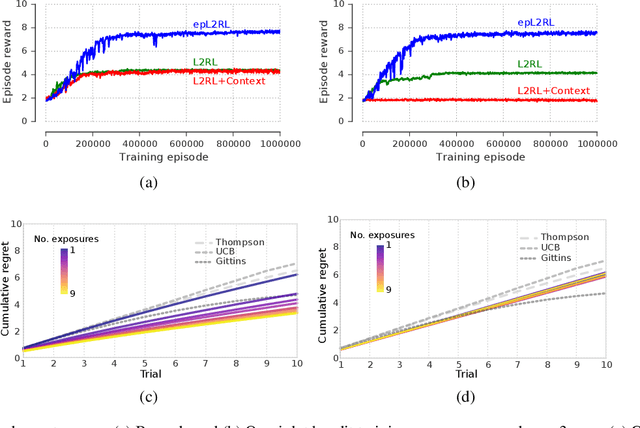
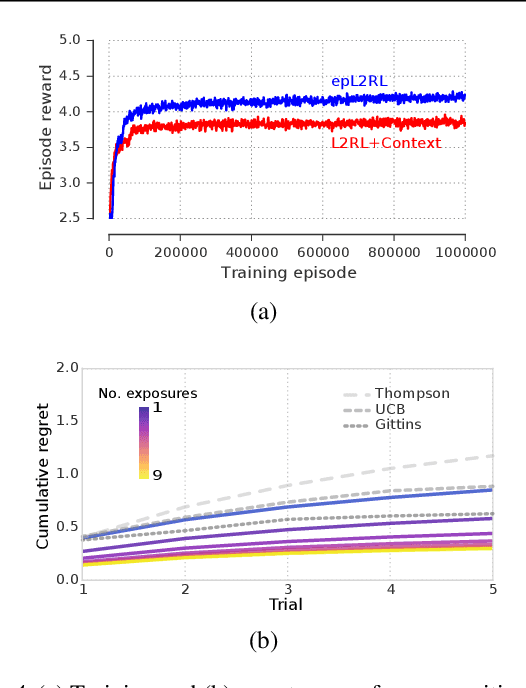
Abstract:Meta-learning agents excel at rapidly learning new tasks from open-ended task distributions; yet, they forget what they learn about each task as soon as the next begins. When tasks reoccur - as they do in natural environments - metalearning agents must explore again instead of immediately exploiting previously discovered solutions. We propose a formalism for generating open-ended yet repetitious environments, then develop a meta-learning architecture for solving these environments. This architecture melds the standard LSTM working memory with a differentiable neural episodic memory. We explore the capabilities of agents with this episodic LSTM in five meta-learning environments with reoccurring tasks, ranging from bandits to navigation and stochastic sequential decision problems.
Cognitive Psychology for Deep Neural Networks: A Shape Bias Case Study
Jun 29, 2017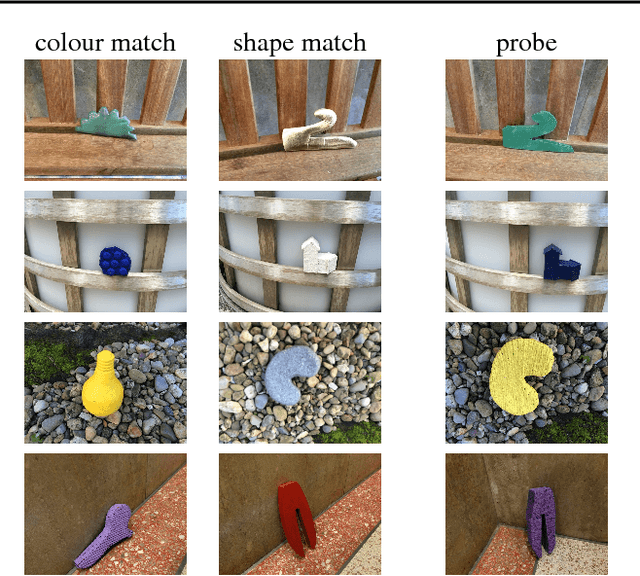

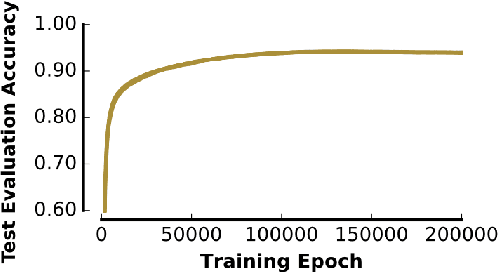
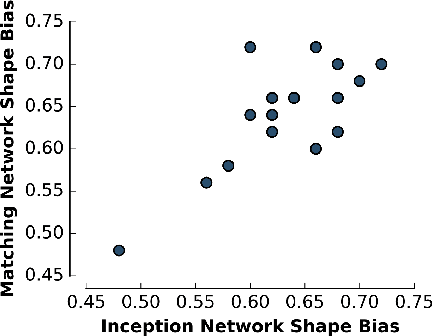
Abstract:Deep neural networks (DNNs) have achieved unprecedented performance on a wide range of complex tasks, rapidly outpacing our understanding of the nature of their solutions. This has caused a recent surge of interest in methods for rendering modern neural systems more interpretable. In this work, we propose to address the interpretability problem in modern DNNs using the rich history of problem descriptions, theories and experimental methods developed by cognitive psychologists to study the human mind. To explore the potential value of these tools, we chose a well-established analysis from developmental psychology that explains how children learn word labels for objects, and applied that analysis to DNNs. Using datasets of stimuli inspired by the original cognitive psychology experiments, we find that state-of-the-art one shot learning models trained on ImageNet exhibit a similar bias to that observed in humans: they prefer to categorize objects according to shape rather than color. The magnitude of this shape bias varies greatly among architecturally identical, but differently seeded models, and even fluctuates within seeds throughout training, despite nearly equivalent classification performance. These results demonstrate the capability of tools from cognitive psychology for exposing hidden computational properties of DNNs, while concurrently providing us with a computational model for human word learning.
 Add to Chrome
Add to Chrome Add to Firefox
Add to Firefox Add to Edge
Add to Edge